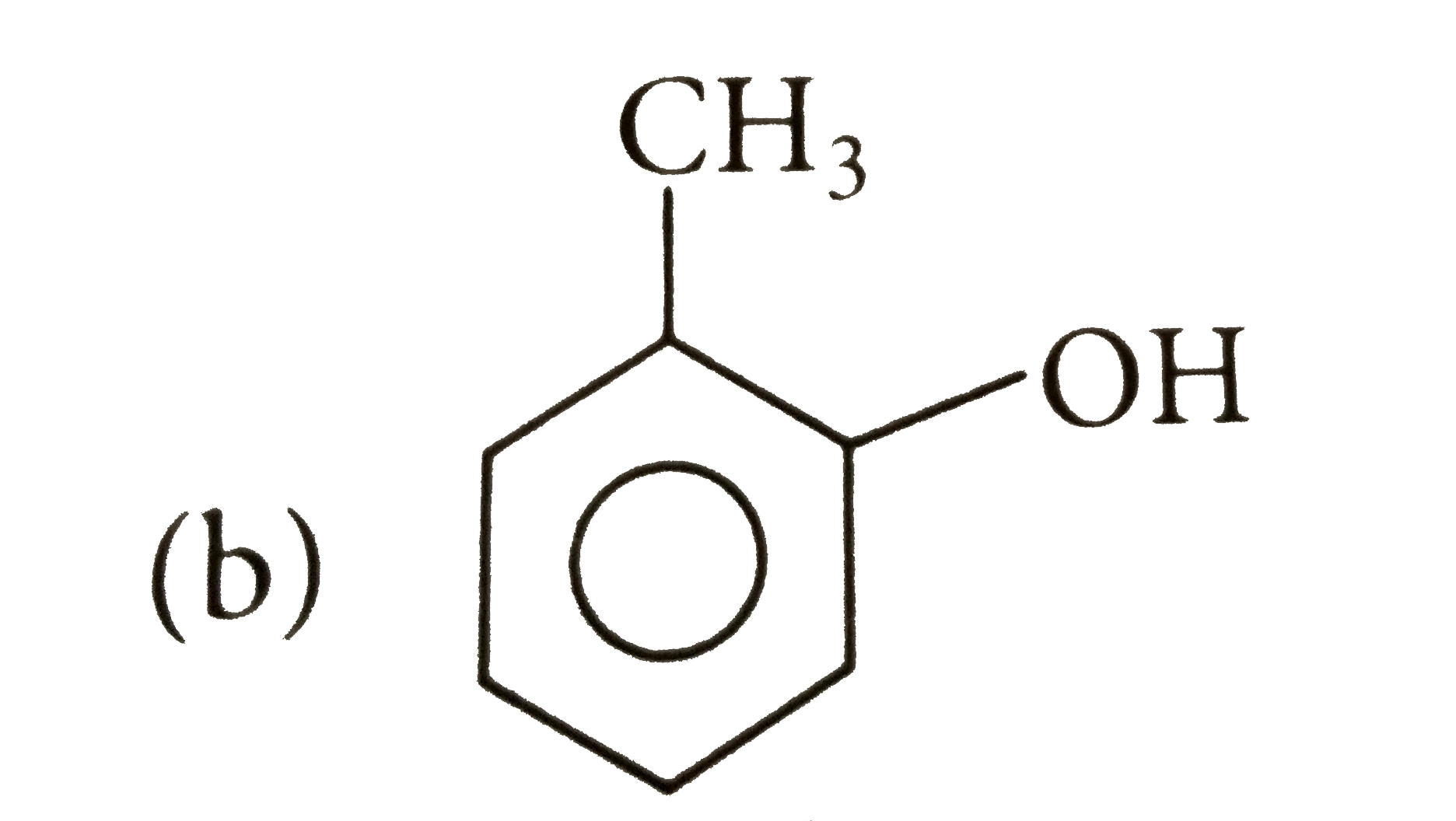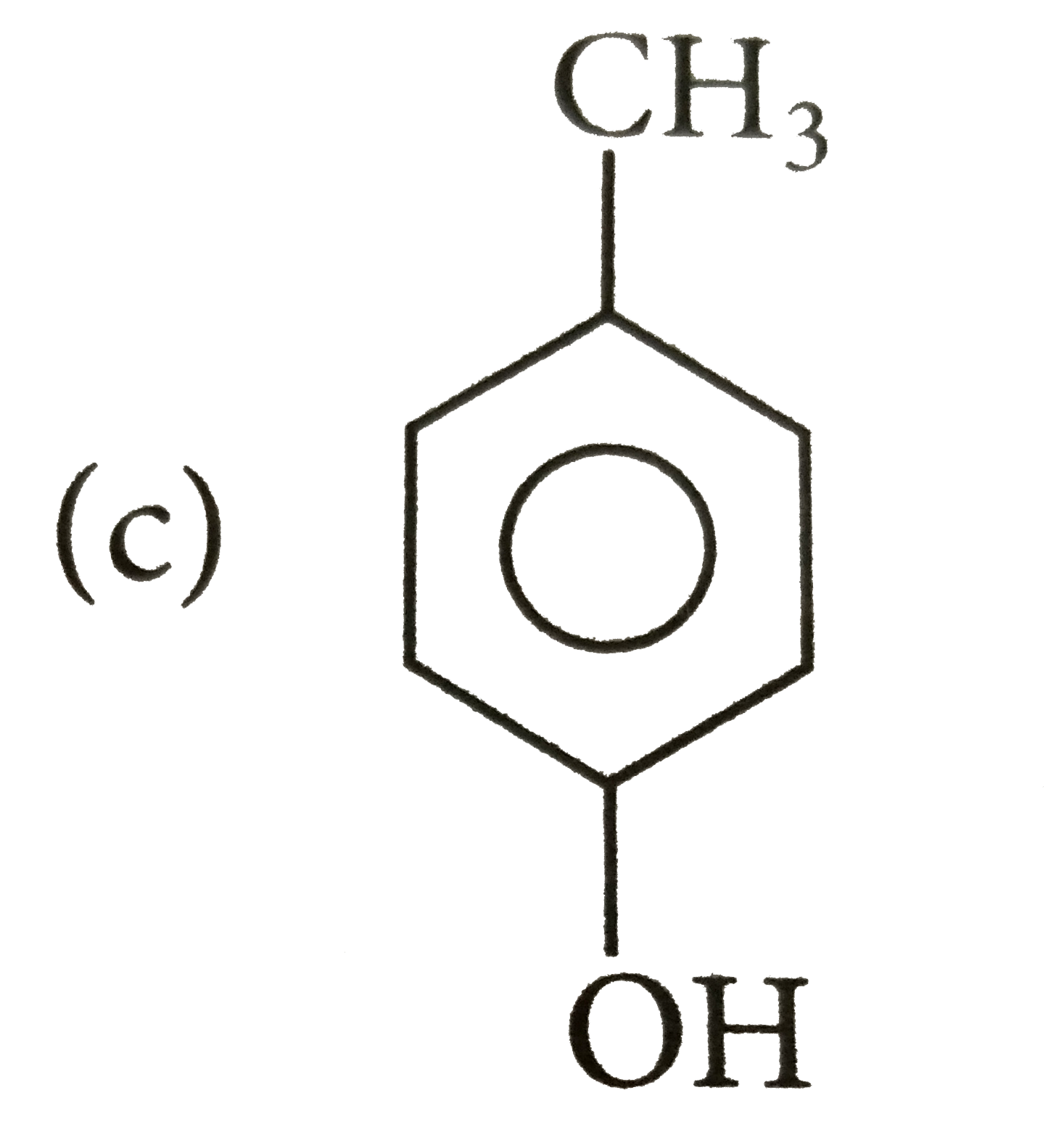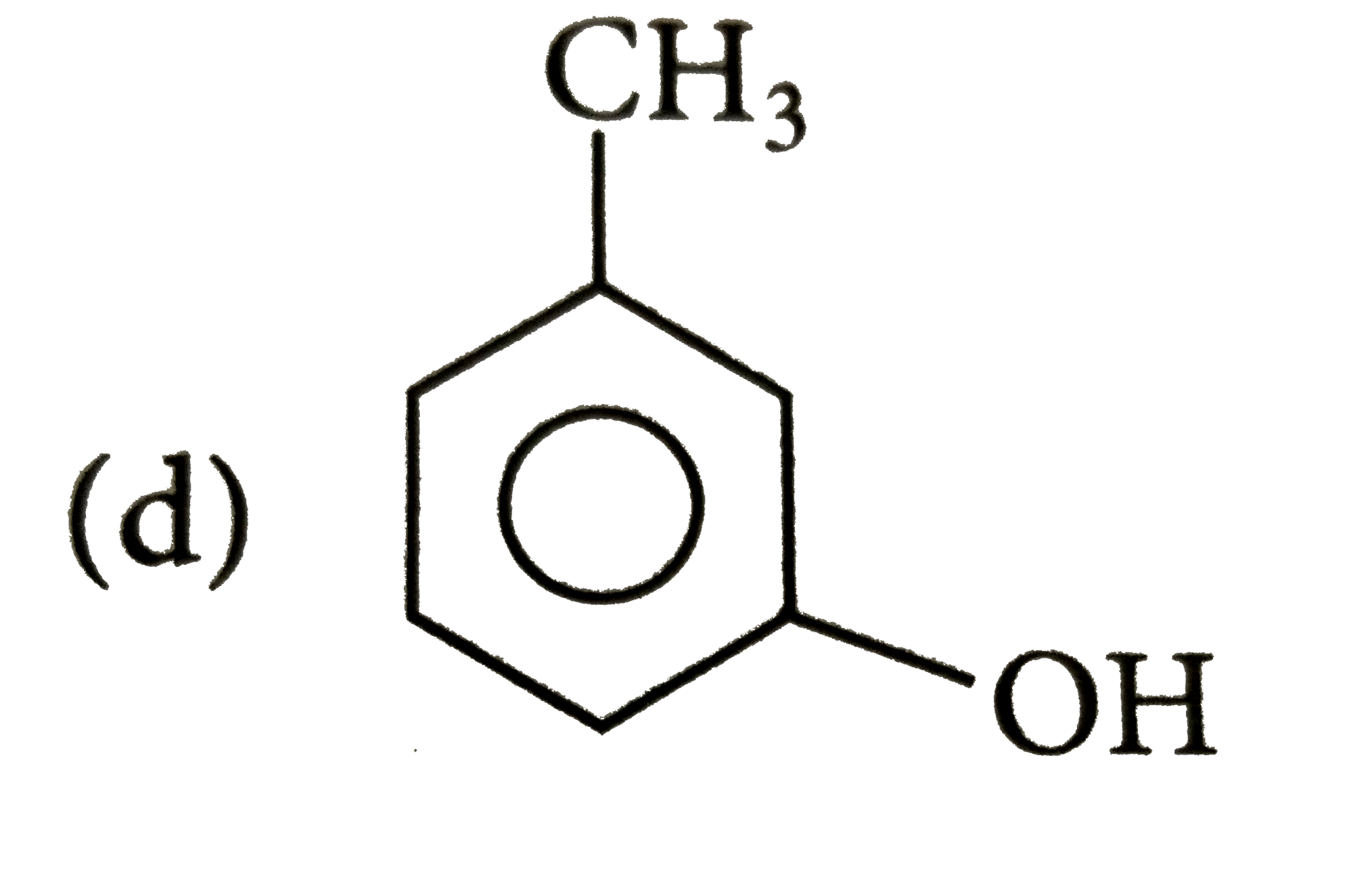Reaction of C6H5CH2Br with aqueous sodium hydroxide follows........
SN1 mechanism
SN2 mechanism
Any of the above two depending upon the temperature of reaction
Saytzeff rule
The correct Answer is:A
To solve the question regarding the reaction of C6H5CH2Br (benzyl bromide) with aqueous sodium hydroxide (NaOH), we need to analyze the reaction mechanism involved.
1. Identify the Reactant and Conditions:
- The reactant is C6H5CH2Br, which is benzyl bromide.
- The reagent is aqueous sodium hydroxide (NaOH), which provides hydroxide ions (OH⁻).
2. Determine the Type of Reaction:
- The reaction can be classified as a nucleophilic substitution reaction, which can proceed via either the SN1 or SN2 mechanism.
3. Analyze the Structure of Benzyl Bromide:
- Benzyl bromide has a benzyl group (C6H5CH2−) attached to a bromine atom. The carbon atom bonded to the bromine is a primary carbon.
4. Consider the Mechanism:
- SN1 Mechanism: This mechanism involves the formation of a carbocation intermediate. For this to occur, the leaving group (Br⁻) must depart, forming a carbocation. The stability of the carbocation is crucial; benzyl carbocations are resonance-stabilized due to the adjacent aromatic ring.
- SN2 Mechanism: This mechanism involves a direct attack by the nucleophile (OH⁻) on the carbon atom bonded to the leaving group (Br⁻), occurring in one concerted step.
5. Evaluate Carbocation Stability:
- In the case of benzyl bromide, when Br⁻ leaves, it forms a benzyl carbocation (C6H5CH2⁺). This carbocation is resonance-stabilized because the positive charge can be delocalized onto the aromatic ring, making it relatively stable.
6. Nucleophilic Attack:
- Once the carbocation is formed, the hydroxide ion (OH⁻) from the aqueous NaOH can attack the positively charged carbon atom, leading to the formation of benzyl alcohol (C6H5CH2OH).
7. Conclusion:
- Given the stability of the resonance-stabilized carbocation and the nature of the reactant, the reaction of C6H5CH2Br with aqueous NaOH follows the SN1 mechanism.
Final Answer:
The reaction of C6H5CH2Br with aqueous sodium hydroxide follows the SN1 mechanism.
---
- The reactant is C6H5CH2Br, which is benzyl bromide.
- The reagent is aqueous sodium hydroxide (NaOH), which provides hydroxide ions (OH⁻).
- The reaction can be classified as a nucleophilic substitution reaction, which can proceed via either the SN1 or SN2 mechanism.
- Benzyl bromide has a benzyl group (C6H5CH2−) attached to a bromine atom. The carbon atom bonded to the bromine is a primary carbon.
- SN1 Mechanism: This mechanism involves the formation of a carbocation intermediate. For this to occur, the leaving group (Br⁻) must depart, forming a carbocation. The stability of the carbocation is crucial; benzyl carbocations are resonance-stabilized due to the adjacent aromatic ring.
- SN2 Mechanism: This mechanism involves a direct attack by the nucleophile (OH⁻) on the carbon atom bonded to the leaving group (Br⁻), occurring in one concerted step.
- In the case of benzyl bromide, when Br⁻ leaves, it forms a benzyl carbocation (C6H5CH2⁺). This carbocation is resonance-stabilized because the positive charge can be delocalized onto the aromatic ring, making it relatively stable.
- Once the carbocation is formed, the hydroxide ion (OH⁻) from the aqueous NaOH can attack the positively charged carbon atom, leading to the formation of benzyl alcohol (C6H5CH2OH).
- Given the stability of the resonance-stabilized carbocation and the nature of the reactant, the reaction of C6H5CH2Br with aqueous NaOH follows the SN1 mechanism.
The reaction of C6H5CH2Br with aqueous sodium hydroxide follows the SN1 mechanism.
Topper's Solved these Questions
- BOOK - ICSECHAPTER - HALOALKANES AND HALOARENES EXERCISE - EXERCISE (PART - I OBJECTIVE QUESTIONS) (CORRECT THE FOLLOWING STATEMENTS)12videos
HALOALKANES AND HALOARENES
- BOOK - ICSECHAPTER - HALOALKANES AND HALOARENES EXERCISE - EXERCISE (PART - I OBJECTIVE QUESTIONS)1videos
HALOALKANES AND HALOARENES
- BOOK - ICSECHAPTER - HALOALKANES AND HALOARENES EXERCISE - EXERCISE (PART - I OBJECTIVE QUESTIONS) (FILL IN THE BLANK)15videos
HALOALKANES AND HALOARENES
- BOOK - ICSECHAPTER - GENERAL PRINCIPLES AND PROCESSES OF ISOLATION OF ELEMENTS EXERCISE - EXERCISE (PART-I ( OBJECTIVE QUESTIONS )) (Fill in the blanks)60videos
GENERAL PRINCIPLES AND PROCESSES OF ISOLATION OF ELEMENTS
- BOOK - ICSECHAPTER - ISC QUESTION PAPEREXERCISE - PART-II(SECTION-B)74videos
ISC QUESTION PAPER
Similar Questions
Knowledge Check
- Question 1 - Select One
Reactions of C6H5CH2Br with aqueous sodium hydroxide follows……..
ASN1 mechanismBSN2 mechanismCAny of the above two depending upon the temperature of reactionDSaytzeff rule - Question 2 - Select One
The reaction of C6H5CH=CHCHO with LiAlH4 gives :
AC6H5CH2CH2CH2OHBC6H5CH=CHCH2OHCC6H5CH2CH2CHODC6H5CH2CHOHCH3 - Question 3 - Select One
A compund (a) of molecular formula C7H8O is insoluble in aqueous sodium hydroxide
A B
B C
C D
D
Give balance equation for the reaction of aluminium with aqueous sodium hydroxide.
View SolutionAqueous sodium hydroxide using graphite electrode
 View Solution
View SolutionThe reaction of C6H5CH=CHCH3 with HBr produces :
View SolutionConcentated aqueous sodium hydroxide cannot separate a mixture of
View SolutionThe reaction of C6H5CH=CHCHO with NaBH4 give:
View Solution

